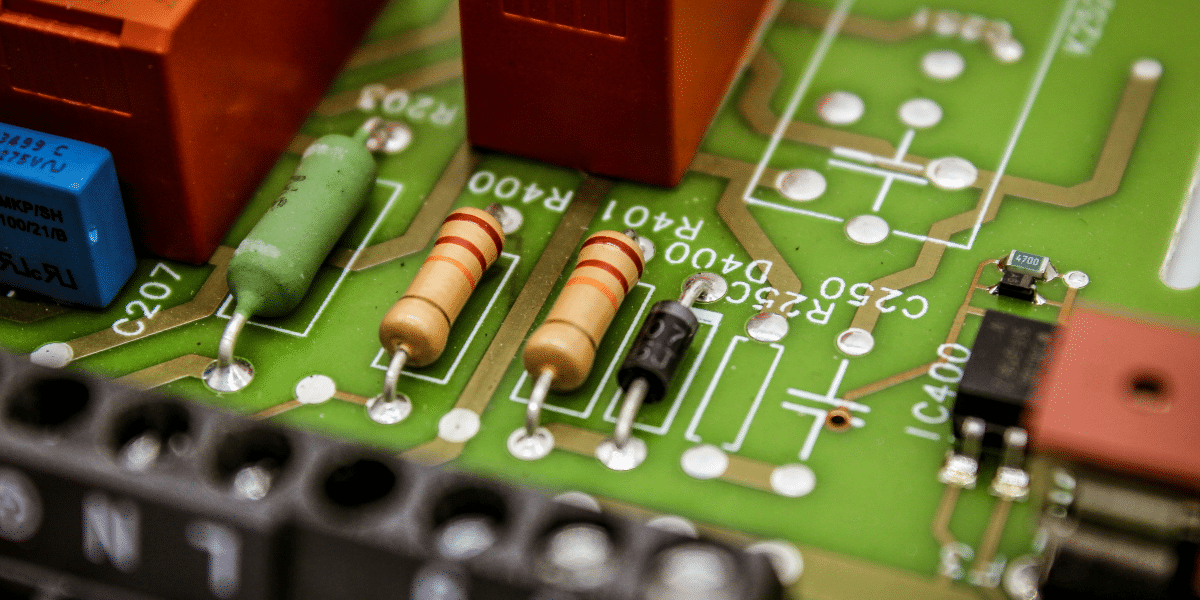Until recently, the primary use of semiconductors in the automation field has been to create sophisticated logic circuits that determine their behaviors. Truly autonomous equipment needs to have a dedicated network infrastructure backing it up. Since the arrival of commodity personal computer hardware, it’s been common to use standard circuit boards piled up in a single box to run software that supports multiple automation tools.
Some classic technologies, such as high-band radio frequency transistors, also use semiconductors in this way since they need some way to amplify and switch signals when sending information to an automation module. Internet of Things devices use this principle, and it’s also employed by nearly any piece of equipment connected to a mobile phone network. Anywhere you can find a transistor, you can find semiconductors since these form the backbone of transistor manufacturing.
Industrial automation equipment uses countless types of solid-state computing devices, which means it simply couldn’t exist without reliance on at least some form of semiconductors. Companies that do anything with vehicle or power system automation will normally need small microprocessor packages that could theoretically incorporate millions of different transistor gates all bundled together. Integrated circuit design is quickly becoming so complicated that engineers who work in this field need to build their own automation systems to cope with the design process.
Newer automation techniques increasingly incorporate generative artificial intelligence code, which requires specialized semiconductor materials to function. Initially, chips that are now used in the AI market were developed with graphics rendering in mind. When a computer draws a three-dimensional model, it has to perform many mathematical calculations to place the object on the screen in the correct position. Older machines struggled to do this, which forced engineers to develop dedicated processors that did nothing but handle these number-crunching chores for the rest of the machine.
As a result, semiconductor modules made with this industry in mind have essentially been geared toward procedural calculation of repeated math problems. AI programs create a constant stream of so-called if statements based on the result of certain math calculations. Therefore, automation experts are finding that graphics processing units are ideal for this kind of work. Manufacturers have slowly changed the way they market these products due in no small part to the fact that they’re making more sales in this space than they ever did in the original intended market.
They’ve become so popular that there have actually been several shortages over the past few years as manufacturers and even entertainment companies rush to catch up with a rapidly changing market. Some companies have looked inward, hoping to develop in-house solutions to free them from the constraints of this silicon gold rush, while others are simply content to wait until market conditions change. No matter what happens, though, it’s obvious that semiconductors will be the underlying tools upon which the automation industry is based.
Summary
As industrial automation continues to advance, the role of semiconductors becomes even more critical. From powering logic circuits to enabling complex AI-driven automation, semiconductors form the backbone of modern automated systems. The evolution of integrated circuit design has led to the development of specialized processors, such as graphics processing units (GPUs), which are now repurposed to handle the vast computational needs of AI in automation. With ongoing demand and periodic shortages, semiconductor technology remains the key driver behind current and future innovations in industrial automation, ensuring that these systems can continue to scale and adapt to increasingly complex tasks.
Published by: Nelly Chavez










